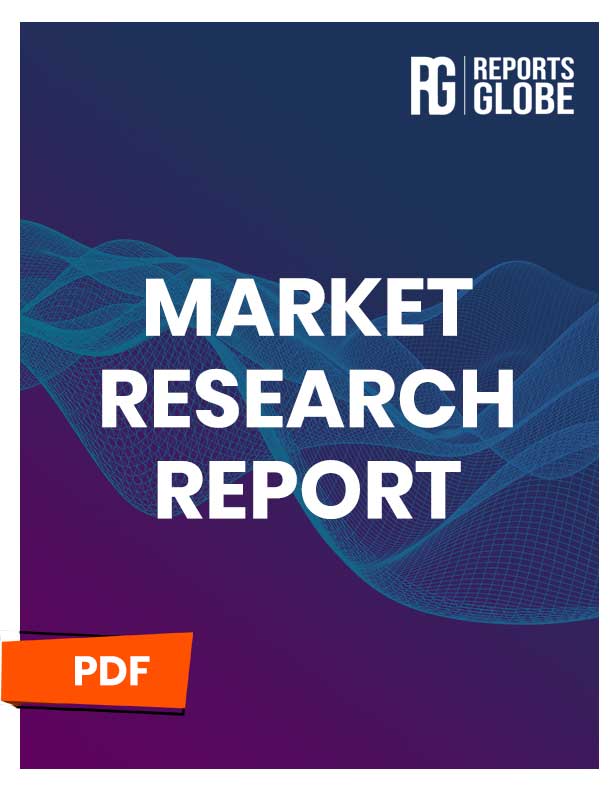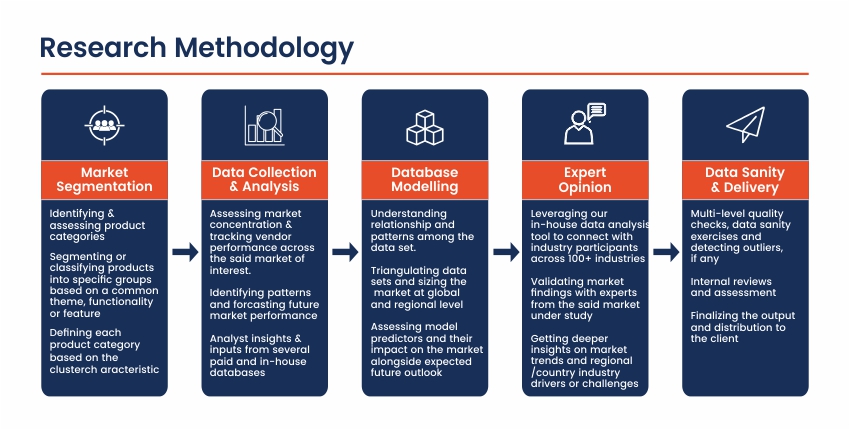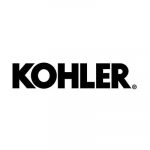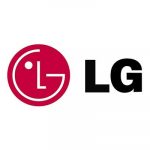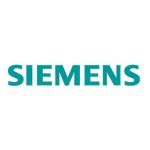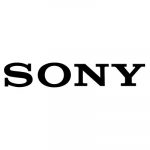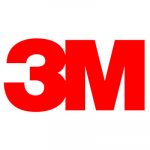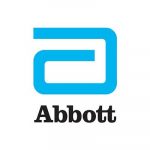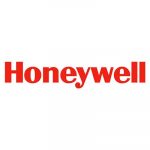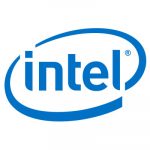Market Overview
The Europe solar inverter market is a pivotal component of the region’s renewable energy landscape, playing a crucial role in maximizing the efficiency and performance of solar energy systems. As Europe continues its transition towards a more sustainable and clean energy future, the demand for high-quality and reliable solar inverters has surged significantly.
Solar inverters are essential components in solar photovoltaic (PV) systems, responsible for converting the direct current (DC) generated by solar panels into alternating current (AC) suitable for household or grid use. These devices are critical in ensuring the optimal utilization of solar energy and enabling seamless integration with existing power grids.
The European solar inverter market encompasses a wide range of products, including micro inverters, string inverters, central inverters, and power optimizers, catering to various solar installation sizes and configurations. From residential rooftop systems to large-scale utility projects, solar inverters are vital in unlocking the full potential of solar power generation.
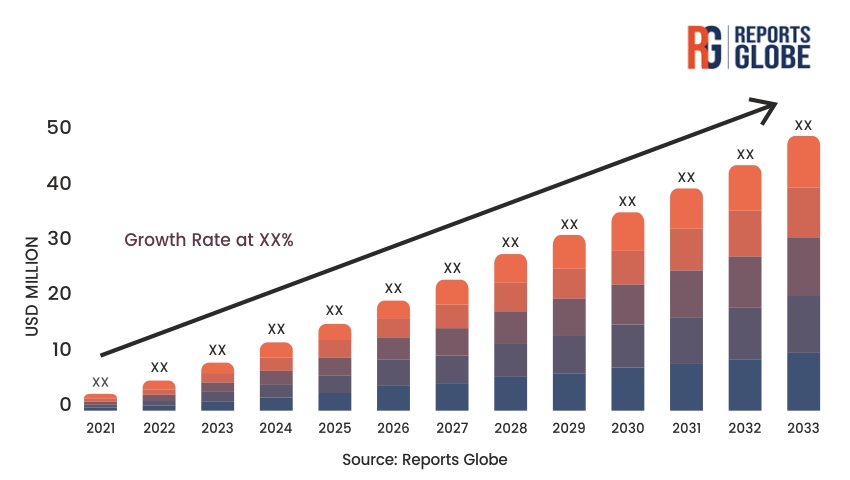
Key Takeaways of the Market
- Solar inverters are essential for converting direct current (DC) to alternating current (AC) in solar power systems.
- The Europe solar inverter market is driven by the region’s transition towards renewable energy and sustainable power generation.
- The market offers a diverse range of products, including micro inverters, string inverters, central inverters, and power optimizers.
- Technological advancements, such as increased efficiency, smart monitoring, and grid integration, are driving innovation in the solar inverter market.
- Governments’ policies, incentives, and regulations play a crucial role in shaping the market dynamics and adoption of solar inverter technologies.
- The market is highly competitive, with both established players and emerging companies vying for market share.
Market Driver
One of the primary drivers fueling the growth of the Europe solar inverter market is the increasing adoption of solar energy as a sustainable and renewable power source. As concerns over climate change and the environmental impact of fossil fuels continue to mount, governments, businesses, and individuals across Europe are actively pursuing alternative energy solutions, with solar power emerging as a viable and cost-effective option.
The European Union’s ambitious targets for reducing greenhouse gas emissions and increasing the share of renewable energy in the overall energy mix have provided a significant boost to the solar inverter market. Favorable policies, incentives, and regulations aimed at promoting the adoption of solar energy have facilitated the growth of solar PV installations, consequently driving the demand for high-performance solar inverters.
Furthermore, the declining costs of solar PV systems, coupled with technological advancements in solar inverter design and efficiency, have made solar energy more accessible and economically viable for a broader range of consumers. As the costs of solar energy continue to decrease, the adoption of solar inverters is expected to rise, driving market growth.
Market Restraint
While the Europe solar inverter market presents substantial growth opportunities, it also faces several restraints that may hinder its widespread adoption and market expansion. One of the primary challenges is the high initial investment required for solar PV systems, including the cost of solar inverters. Although the overall costs have been declining, the upfront capital expenditure can still be a barrier for some residential and commercial consumers.
Additionally, the variability and intermittency of solar energy production can pose challenges for grid integration and stability. Solar inverters play a crucial role in addressing these challenges, but their performance and reliability are critical factors. Any technical issues or performance degradation in solar inverters can potentially disrupt power generation and grid integration, leading to financial losses and reduced confidence in solar energy systems.
Another restraint is the complexity of regulations and grid interconnection standards across different European countries. While efforts have been made to harmonize standards, variations in local regulations and grid codes can pose challenges for solar inverter manufacturers and installers, potentially increasing compliance costs and hindering market entry in certain regions.
Market Opportunity
The Europe solar inverter market presents numerous opportunities for growth and innovation. As the demand for renewable energy continues to rise, there is a growing need for advanced solar inverter technologies that can enhance the efficiency, reliability, and integration of solar power systems.
One significant opportunity lies in the development of smart inverter technologies that offer advanced monitoring, control, and communication capabilities. These intelligent inverters can optimize power output, enable remote monitoring and diagnostics, and facilitate seamless grid integration, enhancing the overall performance and management of solar PV systems.
Furthermore, the integration of energy storage solutions with solar inverters presents a promising opportunity. As the adoption of battery storage systems increases, there is a need for inverters that can effectively manage and control the flow of energy between solar panels, batteries, and the grid. This integration can enhance the reliability and resilience of solar power systems while enabling greater energy independence and self-consumption.
Additionally, the market for micro inverters and power optimizers is expected to grow, driven by the increasing popularity of distributed solar PV systems and the need for module-level optimization. These solutions can improve system efficiency, enhance flexibility, and simplify installation and maintenance processes, making them attractive options for residential and commercial solar installations.
Market Segment Analysis
- Product Type Segment The Europe solar inverter market can be segmented based on product type, with micro inverters, string inverters, central inverters, and power optimizers being the major categories.
- a) Micro Inverters: Micro inverters are small, module-level inverters that are installed directly on each solar panel. They offer advantages such as module-level power optimization, increased system efficiency, and simplified installation and maintenance processes. Micro inverters are particularly well-suited for residential and commercial rooftop solar installations.
- b) String Inverters: String inverters are designed to handle the combined output of multiple solar panels connected in a series or “string.” These inverters are widely used in residential and commercial solar PV systems due to their cost-effectiveness and ease of installation. String inverters have undergone significant technological advancements, offering improved efficiency, monitoring capabilities, and grid integration features.
- End-User Segment The market can also be segmented based on end-user applications, with residential, commercial, and utility-scale segments being the primary categories.
- a) Residential: The residential segment encompasses solar inverters used in rooftop solar installations for single-family homes and small residential buildings. This segment has witnessed significant growth due to government incentives, declining system costs, and increasing consumer awareness of the benefits of solar energy.
- b) Commercial: The commercial segment includes solar inverters used in solar PV installations for office buildings, retail establishments, schools, and other commercial facilities. As businesses aim to reduce their carbon footprint and energy costs, the adoption of solar power and the demand for reliable and efficient solar inverters have increased in this segment.
Regional Analysis
Within Europe, the solar inverter market exhibits varying dynamics across different regions, influenced by factors such as solar radiation levels, government policies, energy costs, and the maturity of the renewable energy sector.
Western European countries, including Germany, Italy, Spain, and France, have been at the forefront of the solar inverter market. These nations have implemented favorable policies and incentives to promote the adoption of solar energy, leading to a significant increase in solar PV installations and, consequently, the demand for solar inverters.
In Central and Eastern Europe, countries like Poland, the Czech Republic, and Romania are witnessing a growing interest in solar energy and the adoption of solar inverter technologies. However, the market in these regions is still in its early stages, with potential for further growth as renewable energy policies and infrastructure continue to develop.
The Scandinavian countries, known for their commitment to sustainability and environmental protection, are also emerging as significant markets for solar inverters. Countries like Denmark, Sweden, and Norway are actively pursuing renewable energy goals, driving the demand for advanced solar inverter solutions.
Competitive Analysis
The Europe solar inverter market is highly competitive, with a diverse range of players operating in the industry. Major global companies, such as SMA Solar Technology, Fronius International, ABB, and Huawei, have established a strong presence in the European market, leveraging their extensive product portfolios, technological expertise, and global reach.
These multinational corporations invest heavily in research and development, enabling them to introduce cutting-edge solar inverter technologies and stay ahead of emerging trends. They also benefit from economies of scale, allowing them to offer competitive pricing and establish strong partnerships with solar PV system integrators and installers.
However, the market is also characterized by the presence of numerous regional and local players, including specialized solar inverter manufacturers and suppliers. These companies often cater to niche markets or specific geographic regions, leveraging their local expertise, flexibility, and proximity to customers.
To maintain their competitive edge, market players are actively pursuing strategies such as product differentiation, strategic partnerships, and mergers and acquisitions. Collaborations with research institutions, technology providers, and solar PV system integrators have become increasingly important for driving innovation, addressing customer needs, and expanding market reach.
Key Industry Developments
- Increasing focus on developing smart inverter technologies with advanced monitoring, control, and communication capabilities.
- Integration of energy storage solutions with solar inverters to enhance reliability, resilience, and energy independence.
- Development of micro inverters and power optimizers for distributed solar PV systems and module-level optimization.
- Advancements in inverter efficiency, power density, and grid integration capabilities to improve system performance and compatibility.
- Adoption of advanced manufacturing techniques and automation to reduce production costs and improve quality control.
- Partnerships and collaborations between solar inverter manufacturers, research institutions, and solar PV system integrators to drive innovation and address industry challenges.
- Regulatory changes and harmonization of grid interconnection standards across Europe to facilitate market entry and compliance.
Future Outlook
The future outlook for the Europe solar inverter market is promising, driven by the region’s commitment to renewable energy and the continuous advancements in solar PV technology. As the demand for clean and sustainable energy sources continues to rise, the adoption of solar power systems is expected to increase significantly, fueling the growth of the solar inverter market.
The market is likely to witness a surge in the development and deployment of intelligent and smart inverter technologies. These advanced inverters will offer enhanced monitoring, control, and communication capabilities, enabling real-time optimization, remote diagnostics, and seamless grid integration. This will not only improve system performance and efficiency but also facilitate the management and integration of distributed energy resources, such as solar PV systems and energy storage solutions.
Furthermore, the market is expected to see an increased focus on the integration of energy storage solutions with solar inverters. As the adoption of battery storage systems grows, the demand for inverters capable of effectively managing and controlling the flow of energy between solar panels, batteries, and the grid will rise. This integration will enhance the reliability and resilience of solar power systems, enabling greater energy independence and self-consumption.
Additionally, the market for micro inverters and power optimizers is poised for significant growth, driven by the increasing popularity of distributed solar PV systems and the need for module-level optimization. These solutions offer improved system efficiency, enhanced flexibility, and simplified installation and maintenance processes, making them attractive options for residential and commercial solar installations.
However, the future growth of the Europe solar inverter market will also be influenced by factors such as regulatory frameworks, government policies, and technological advancements in other renewable energy sources. Supportive policies, incentives, and a harmonized regulatory landscape will be crucial in fostering a favorable environment for the adoption of solar inverter technologies across the region.
Overall, the Europe solar inverter market is poised for substantial growth, driven by the convergence of environmental concerns, technological innovations, and the pursuit of a sustainable energy future, positioning solar inverters as a critical enabler in the transition towards a cleaner and more resilient energy landscape.
Market Segmentation
- By Product Type:
- Micro Inverters
- String Inverters
- Central Inverters
- Power Optimizers
- By End-User:
- Residential
- Commercial
- Utility-Scale
- By Sales Channel:
- Direct
- Indirect (Distributors, Installers, System Integrators)
- By Power Rating:
- Up to 10 kW
- 10 kW – 100 kW
- Above 100 kW
- By Country:
- Germany
- Italy
- Spain
- France
- United Kingdom
- Benelux (Belgium, Netherlands, Luxembourg)
- Nordics (Denmark, Sweden, Finland, Norway)
- Rest of Europe

